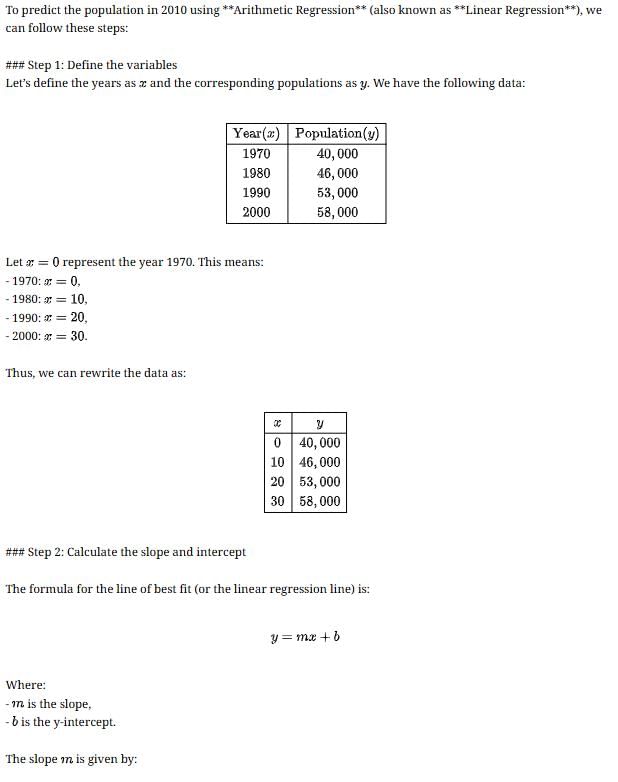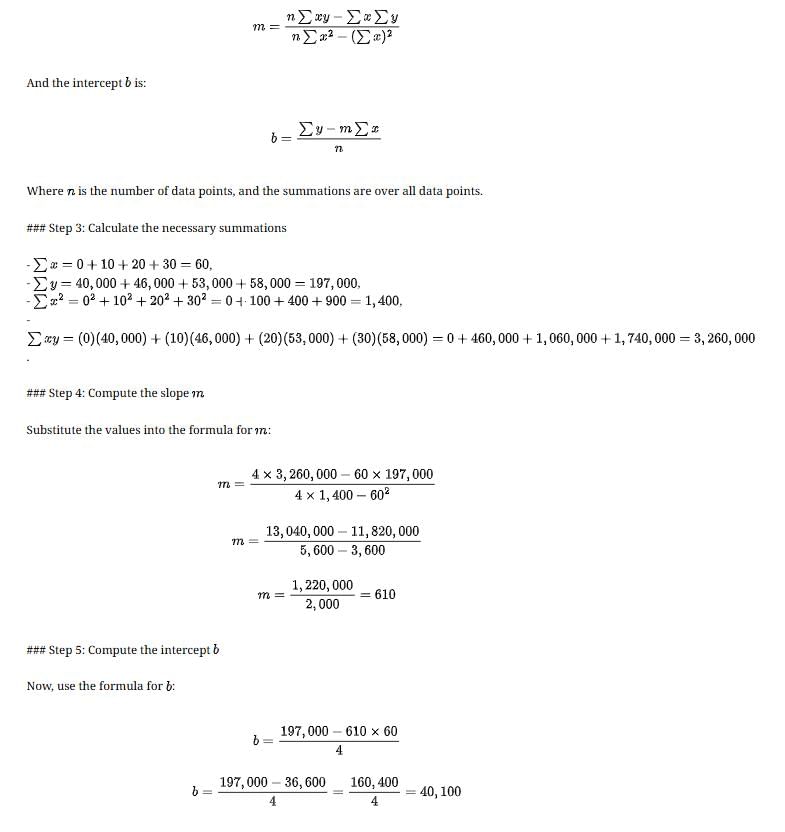Test: Environment Engineering Practices- 1 - Civil Engineering (CE) MCQ
25 Questions MCQ Test Civil Engineering SSC JE (Technical) - Test: Environment Engineering Practices- 1
Which of the following causes a decrease in per capita consumption?
The multiplying factor, as applied to obtain the maximum daily water demand, in relation to the average i.e. per capita daily demand, is
If the average daily water consumption of a city is 24000 cum, the peak hourly demand (of the maximum day) will be
The total water requirement of a city is generally assessed on the basis of
As compared to geometrical increase method of forecasting population,arithmetical increase method gives
The growth of population can be conveniently represented by a curve, which is amenable to mathematical solution. The type of this curve is
The average domestic water consumption per capita per day for an Indian city, as per IS 1172-1963, may be taken as
The total water consumption per capita per day, including domestic, commercial, and industrial demands, for an average Indian city, as per IS code, may be taken as
The population figures in a growing town are as follows :
The predicted population in 2010 by ArithmeticRegression method is
The pipe mains carrying water from the source to the reservoir are designed for the
Orthotolidine test is used for determination of
In which method of determining total hardness of water is based on the premise that hardness producing substance react with soap and form insoluble compounds before lather is produced?
Which one of the following methods gives the best estimate of population growth of a community with limited land area for future expansion ?
The “distribution mains” are designed for
The formula, which is most appropriate for the design of pressure pipes is
The chemical most commonly used to increase speed of sedimentation of sewage is
The valve, which allows the flow only in one direction, is a
Which of the following is known as washout valve?
The joint used for joining the plain ends of cast iron pipes, is
Consider the following statements :
The basic difference between water pipes and sewer pipes is
1. in the material used for the pipes
2. in the pressure of the liquid flow
3. in the suspended solids they carry
Which of these statements is/are correct ?
By using economical diameter of water mains, the benefit obtained is in terms of
High pH value of water in the pipe does not produce
|
2 videos|133 docs|55 tests
|

















